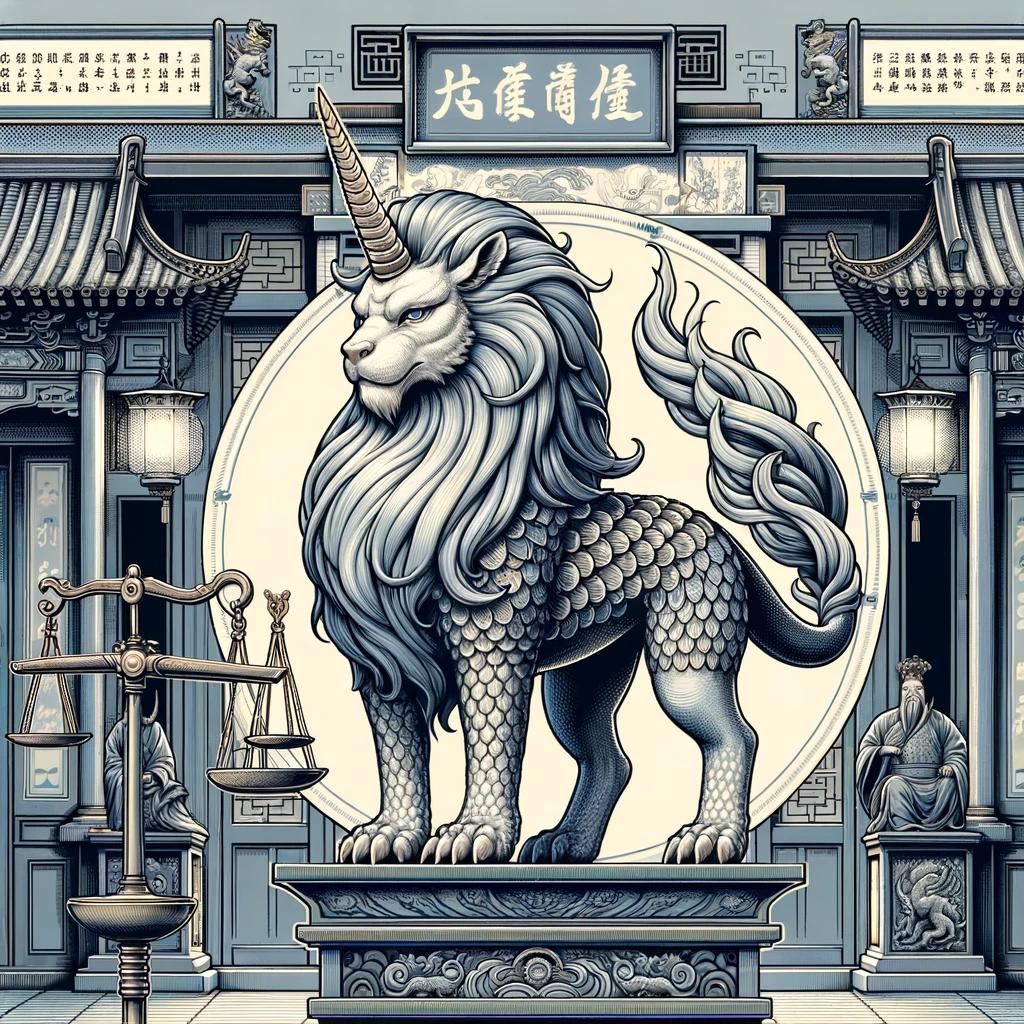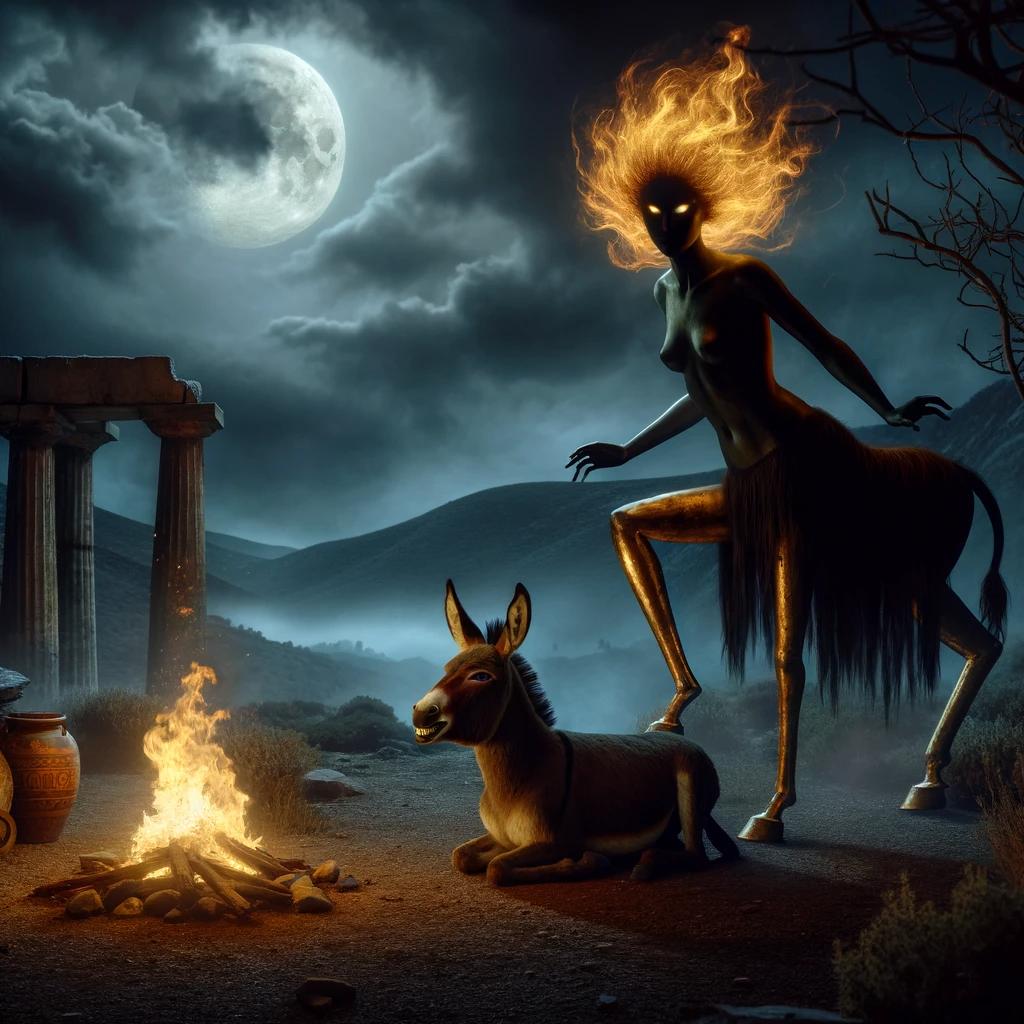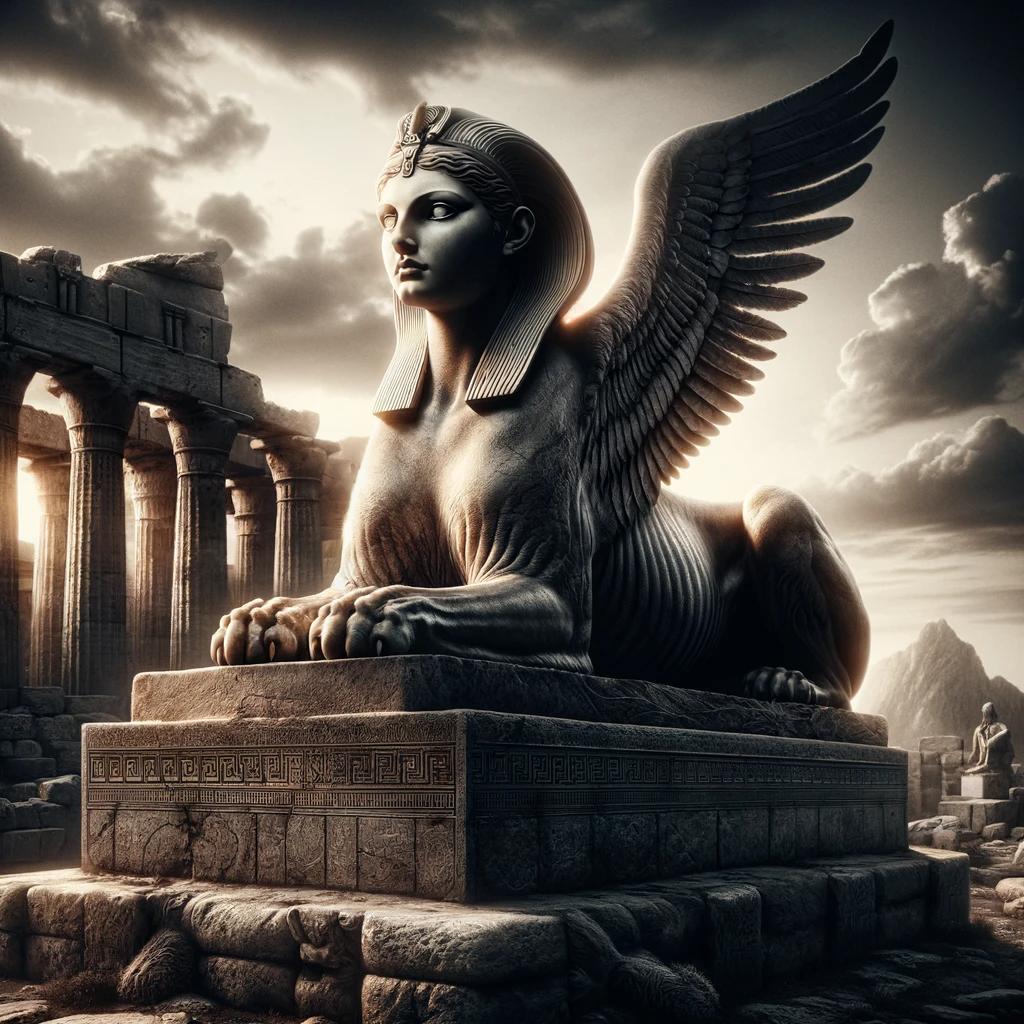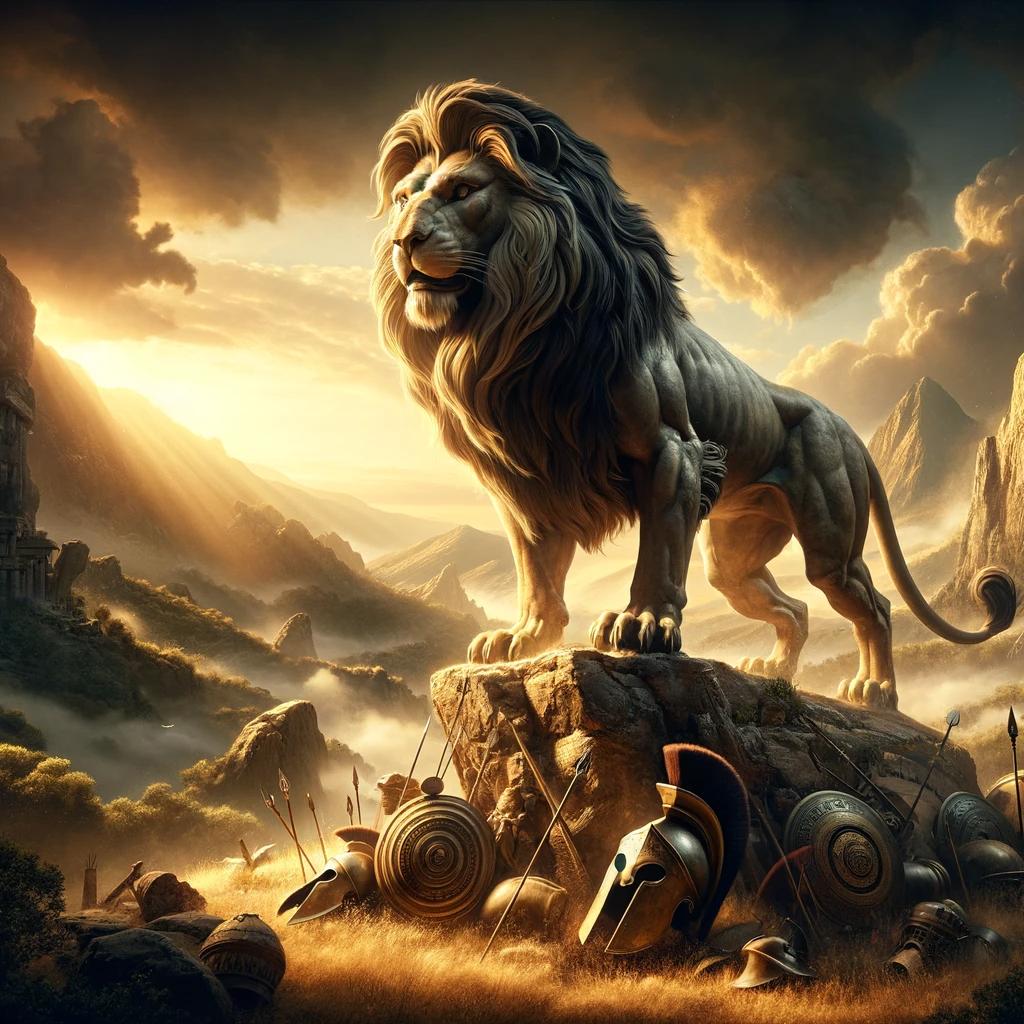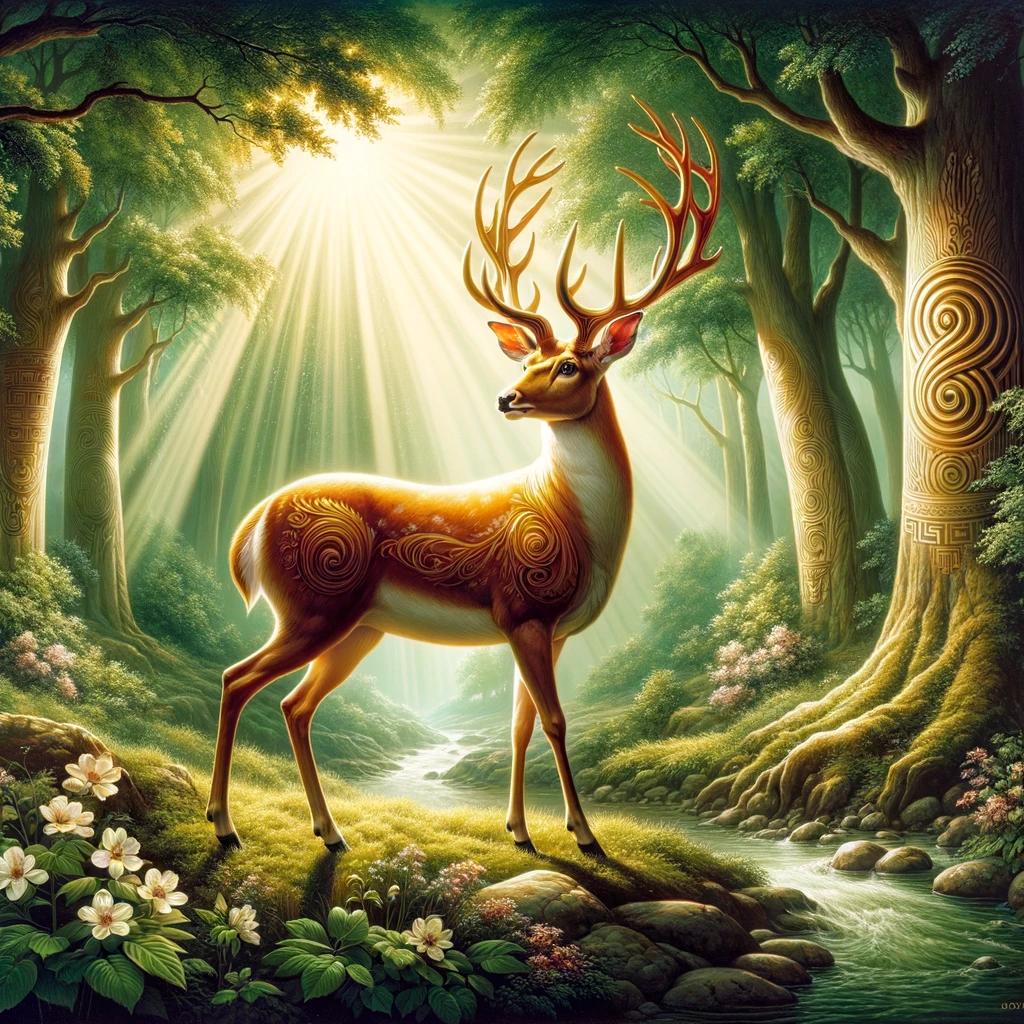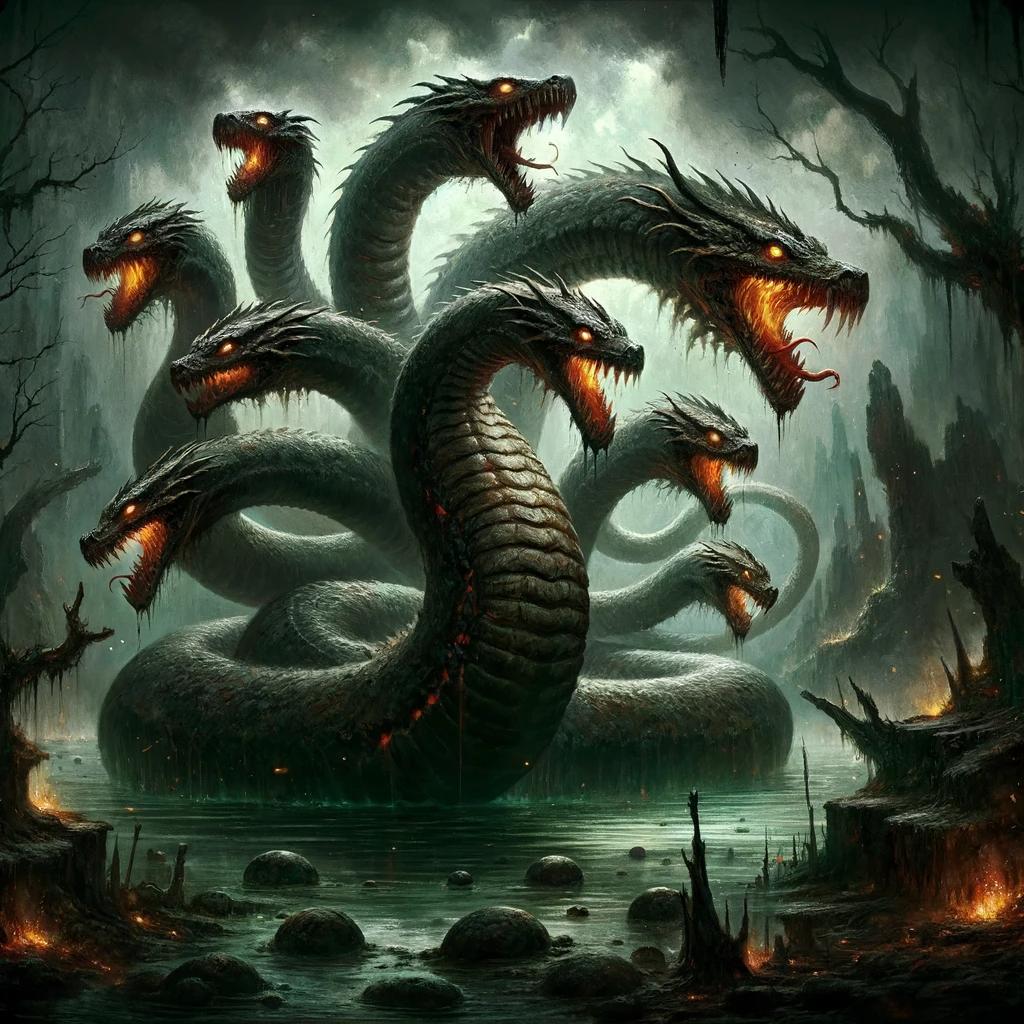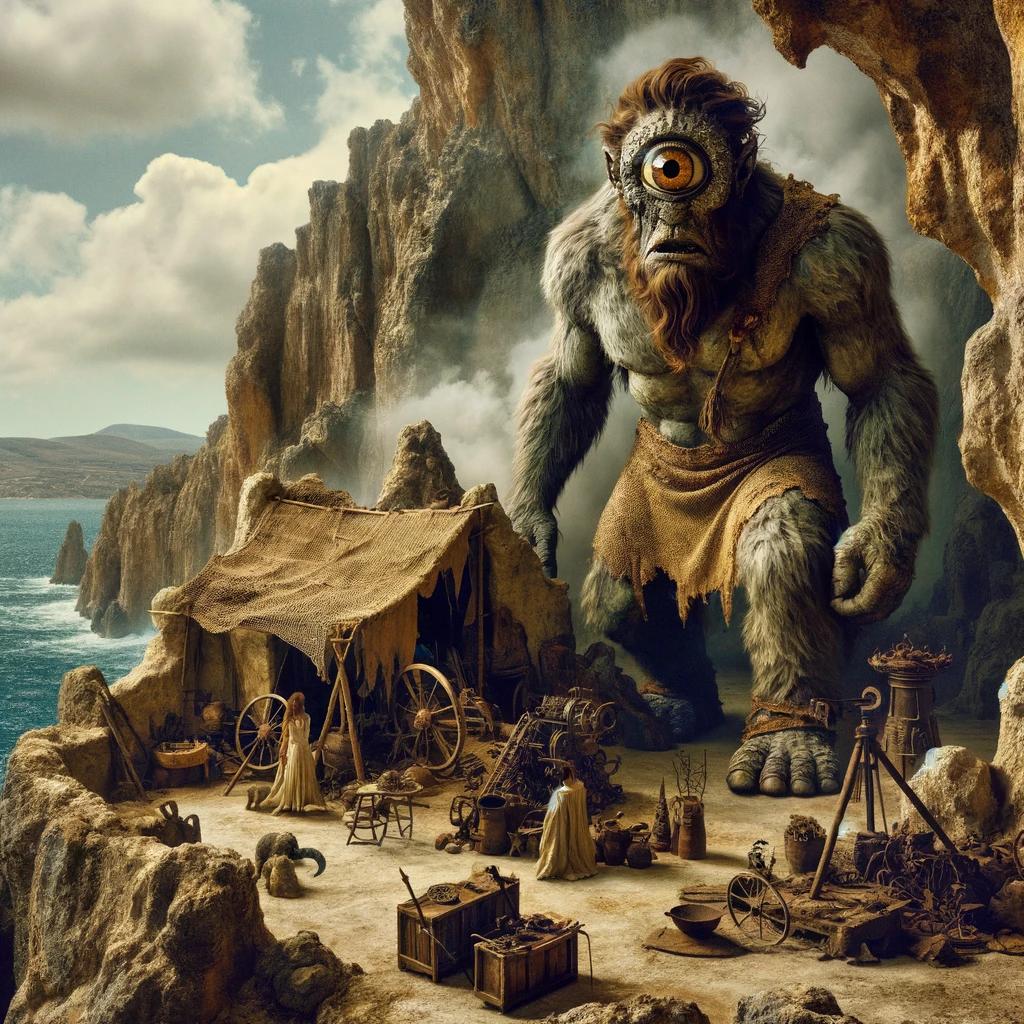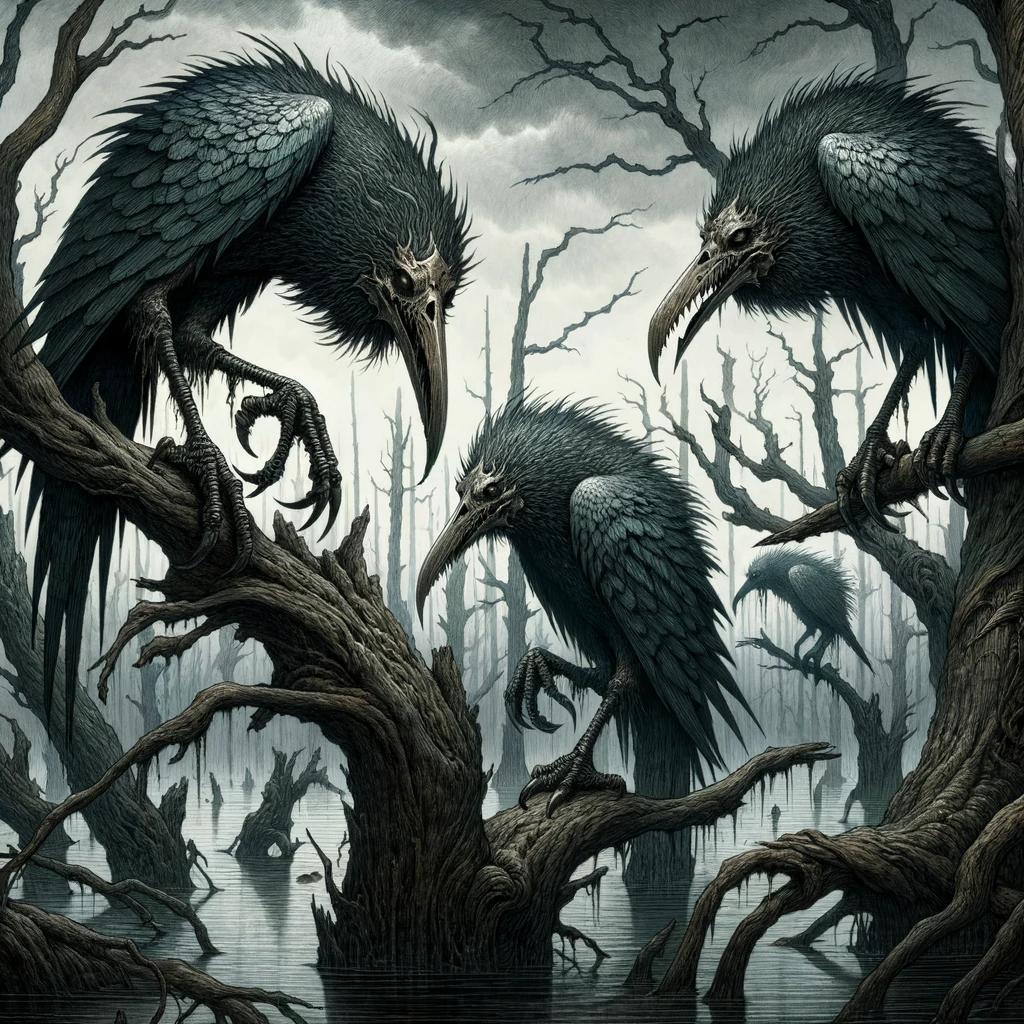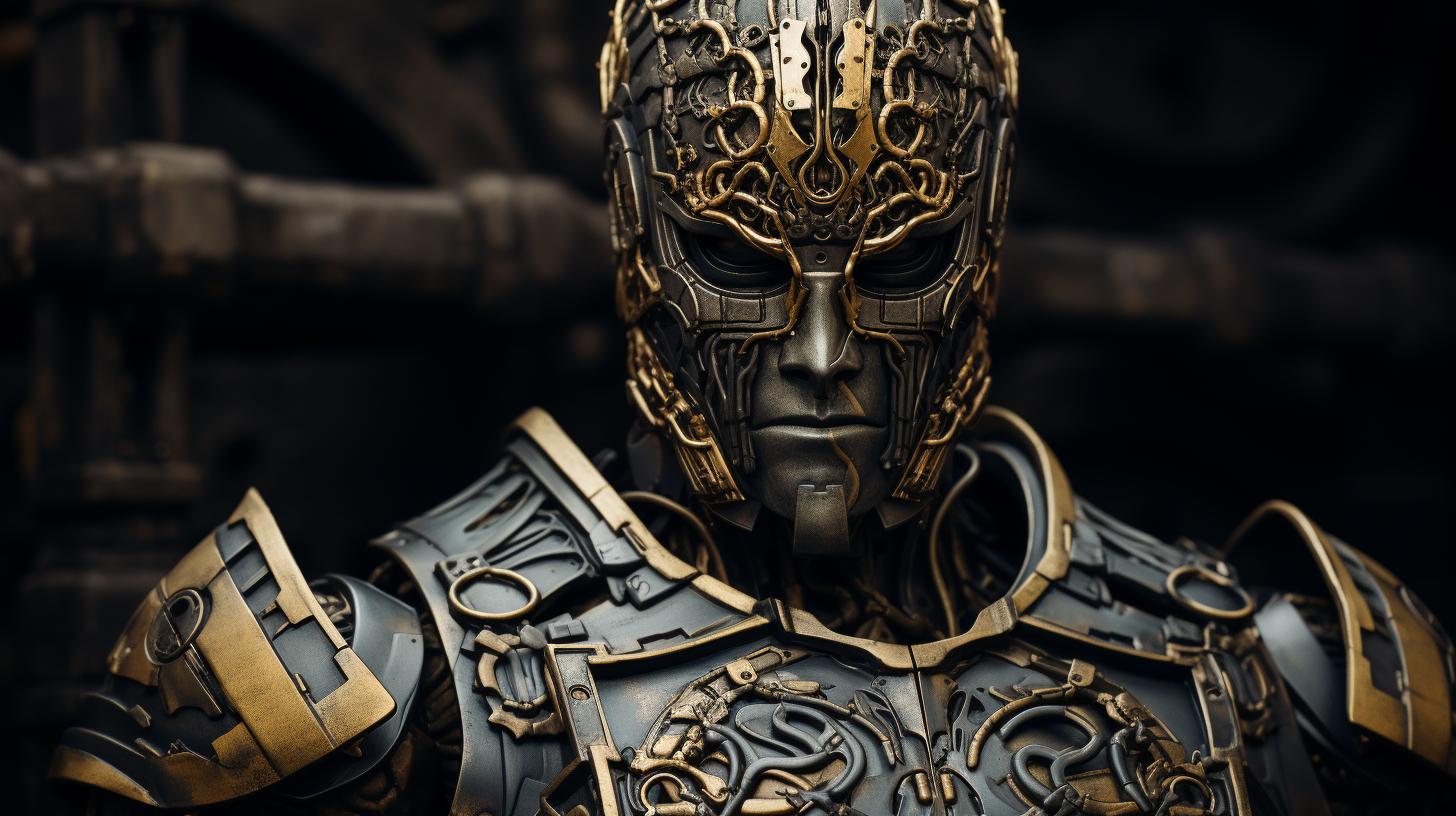Unicorn Mythology in Ancient Greece: Untangling the Legends
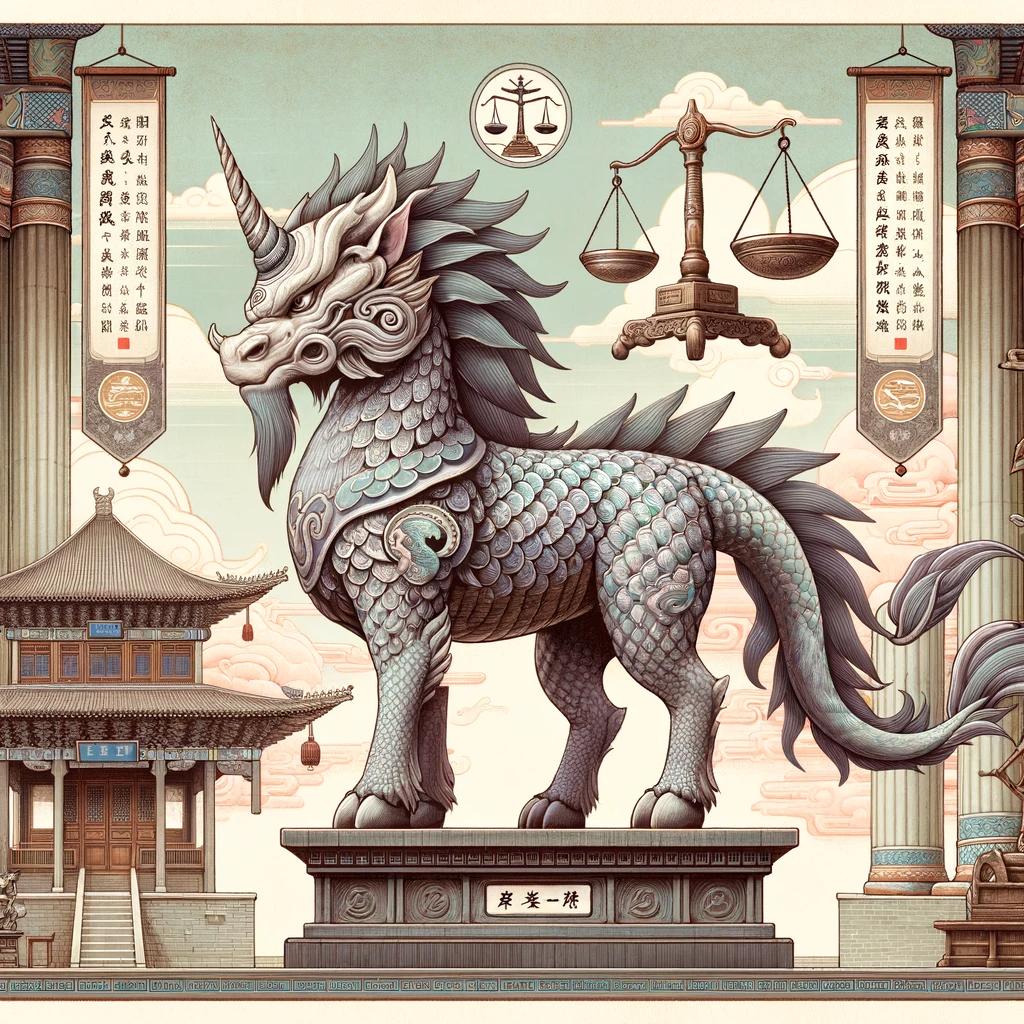
Unicorn Greek mythology has captivated minds throughout history. From the ancient Indus Valley civilization to the mythical accounts of ancient Greece, these enigmatic creatures have fascinated many. Are unicorns real or are they merely symbols with deep spiritual significance? The physical appearance of unicorns, their captivating symbolism, and their portrayal in art and literature have left a lasting impression on both medieval and Renaissance cultures.
Join us as we delve into the origins, myths, and legends surrounding Greek unicorn mythology, exploring its connections to biblical references and the intriguing comparisons to Eastern unicorn legends.
The Origins of Unicorn Mythology
The history of unicorn mythology dates back to ancient civilizations with various cultural interpretations and beliefs.
The concept of unicorns has intrigued human imagination for centuries, but their origins remain shrouded in mystery.
In the Indus Valley Civilization, which existed during the Bronze Age, evidence of a creature with a single horn was found on soapstone seals.
This mythical beast had a cow-like body and a forward-curved horn. It is believed that the unicorn symbolized power within a specific clan or merchant community, potentially carrying religious significance as well.
While unicorns do not have a firm presence in Greek mythology, they do emerge in Greek natural history accounts. Greek writers of natural history were convinced of the existence of unicorns, placing them in India.
Descriptions depict unicorns as wild and swift donkeys with a lengthy horn spanning approximately 700 mm. These magnificent creatures were often colored in shades of white, red, and black.
The origins of unicorn mythology remain intertwined with the ancient Indus Valley civilization and Greek accounts of natural history.
Understanding their significance and cultural interpretations adds depth to the mythical portrayal of unicorns throughout history.
Unicorn Greek Mythology in Ancient Times
Unicorn Greek mythology in ancient times holds intriguing stories and beliefs surrounding these legendary creatures. This section delves into two significant aspects: the unicorn’s presence in the Indus Valley Civilization and its depiction in Greek natural history accounts.
The Unicorn in Indus Valley Civilization
The rich history of the Indus Valley Civilization brings forth evidence of the unicorn’s significance. Soapstone seals from the Bronze Age depict a unique creature with a single horn. Resembling a cow in body structure, the horn curves gracefully forward.
These unicorns served as symbols for powerful clans or merchant communities, possibly carrying religious connotations as well.
Greek Natural History Accounts: Unicorns in Ancient Greece
Although Greek mythology does not directly mention unicorns, accounts of these mythical beings are found in Greek natural history writings. Ancient Greek authors, devoted to naturalistic observations, believed in the existence of unicorns residing in India.
Descriptions portray unicorns as swift and wild donkeys, boasting a 700mm-long horn that could be white, red, or black in color.
- Unicorns in Greek natural history accounts were considered genuine creatures inhabiting a distant land.
- Their physical attributes, such as their speed and the length of their horns, were recorded.
- Different color variations of unicorn horns added to their mystique.
Through these historical narratives, unicorns continue to captivate our imagination, thriving as captivating figures within Greek mythology and ancient times.
Unicorns: Fact or Fiction?
In the realm of Greek mythology, the existence of unicorns has long been a topic of fascination and speculation. Are these magnificent creatures real, or are they merely the product of human imagination? Let’s delve into the realm of unicorns to separate fact from fiction.
Debunking the Myth: Are Unicorns Real?
Although unicorn sightings have been claimed throughout history, there is no concrete evidence to support their existence in the physical world. Unicorns, as depicted in mythological tales, display a combination of traits that challenge their plausibility.
The concept of a horse-like creature adorned with a single, spiraling horn is indeed enchanting, but it remains firmly rooted in the realm of fantasy and folklore.
While some may argue that legends and stories often hold a kernel of truth, it is more likely that the unicorn is a highly embellished creation of human imagination.
Without tangible evidence, such as skeletal remains or live specimens, the existence of unicorns remains unproven.
The Symbolism of Unicorns in Greek Mythology
Despite their mythical nature, unicorns hold significant symbolism within Greek mythology. These majestic creatures have been associated with purity, grace, and power. Often depicted as elusive and untamed, their symbolism captivated the imaginations of ancient Greeks.
The unicorn’s horn, believed to possess medicinal and magical properties, was considered a symbol of healing and purification. Legends tell of unicorns using their horns to cure ailments and transform poisoned water into fresh, drinkable liquid.
This spiritual significance tied the unicorn to notions of purity, offering hope and protection.
Moreover, the symbolism of the unicorn extended beyond individual tales and permeated various aspects of ancient Greek culture, including art, literature, and religious practices.
Their remarkable attributes were often invoked to convey notions of beauty, strength, and transcendence.
The Unicorn in Biblical References
The presence of unicorns in biblical references has sparked interpretations and controversies throughout history. Let’s delve into the subject and explore the descriptions found within the scriptures.
Unicorn in the Bible: Interpretations and Controversies
The mention of unicorns in the Bible has led to varied interpretations and debates among scholars and theologians.
Some argue that the word used in the original Hebrew and Greek texts actually refers to a different animal, while others believe it does refer to a unicorn. This discrepancy has given rise to discussions about the accuracy of translations and the symbolism behind these creatures.
Descriptions of the Biblical Unicorn
When examining biblical descriptions, we find intriguing details about the nature and characteristics of unicorns. The Bible portrays the unicorn as a powerful and untamable animal with strength comparable to a wild ox or a mighty bull.
Its horn is depicted as having great significance and potency, symbolizing authority and royalty.
In the book of Job, specific attributes of the unicorn are mentioned, such as its inability to be tamed and its mighty horn.
While the descriptions don’t offer a comprehensive image, they provide insight into the unicorn’s prominence in biblical narratives.
Exploring the biblical references to unicorns opens up a world of theological and symbolic interpretations, as well as discussions about the roots of these references and their connections to other cultures and mythologies.
Unraveling the Appearance of Unicorns
Unicorns have been portrayed with distinct physical characteristics throughout various historical periods. The depictions of unicorns in art and literature vary, giving rise to an intriguing perception of their appearance.
The Physical Characteristics of a Biblical Unicorn
- Size: Descriptions suggest that biblical unicorns were large creatures comparable to oxen or horses.
- Body Shape: The biblical unicorn had a robust body, similar to that of a horse or a deer.
- Horn: The distinguishing feature of the unicorn was its horn, often described as long and spiraled.
- Coat Color: Accounts mention the unicorn having a pure white coat, denoting purity and grace.
Depictions of Unicorns in Art and Literature
Artistic and literary representations further added to the mystique of unicorns, enhancing their enchanting allure:
- Medieval Art: In medieval times, unicorns were commonly depicted with a horse-like body, a spiraled horn, and sometimes adorned with a goat’s beard.
- Renaissance Art: During the Renaissance, unicorns began to be portrayed with more variability in appearance, often embodying a mix of features from different animals.
- Literary Works: In literature, unicorns were frequently associated with ethereal landscapes, often depicted as elusive creatures dwelling in enchanted forests or other mythical realms.
These diverse depictions of unicorns in art and literature reflect the imaginative interpretations and cultural influences prevalent during different historical periods, shaping the visual representation of unicorns as we know them today.
The Legend of the Capturing a Unicorn
The captivating legend surrounding the capturing of a unicorn has stirred imaginations and sparked debate for centuries. Delve into the mystical tale of the unicorn’s capture and the intriguing elements that surround it.
The Virgin and the Unicorn: Myth or Reality?
One prominent aspect of the unicorn legend revolves around the belief that only a pure virgin can successfully capture a unicorn. It is a fascinating notion that adds mystique and enchantment to the unicorn’s allure.
However, the question lingers: is there any truth to this belief, or is it merely a mythical construct born out of imagination?
Exploring the historical accounts and mythical narratives related to the unicorn, we aim to unravel the origins and significance behind the requirement of virginity in capturing this elusive creature.
Discover the different interpretations and varying perceptions surrounding this captivating aspect of unicorn lore.
Healing Powers and Spiritual Significance of Unicorn Horns
Another compelling aspect of unicorn mythology lies in the alleged healing powers and spiritual significance attributed to their horns. Legends tell of the unicorn’s horn possessing the ability to cure diseases and purify poisonous water.
The unicorn’s horn, often referred to as an alicorn, has been revered for its alleged magical properties throughout history.
Embark on a journey to understand the belief systems and cultural representations that have perpetuated the mystical qualities associated with unicorn horns.
Explore the historical references and cultural contexts that have contributed to the enduring fascination with these purportedly powerful and transformative artifacts.
- Unravel the origins and cultural significance of unicorn horns
- Examine the different healing properties and spiritual beliefs surrounding unicorn horns
- Discover the various depictions and interpretations of unicorn horns in mythology, art, and folklore
Immerse yourself in the awe-inspiring legends and captivating narratives intertwining the concept of virginity, healing powers, and spiritual symbolism within the realm of unicorn mythology.
Uncover the complexities and enigmatic nature of the unicorn’s capture, and gain a deeper understanding of the enduring allure of this majestic creature.
The Unicorn in Medieval and Renaissance Culture
The medieval and Renaissance periods were marked by a profound fascination with unicorns. These mythical creatures became the subject of extensive exploration in various forms of media, including bestiaries, art, and literature.
They were often depicted as symbols of purity, grace, and untamed wildness, captivating the imagination of people during that time.
Unicorn Symbolism in Medieval Bestiaries
In medieval bestiaries, the unicorn held a prominent place. Bestiaries were popular compilations of real and mythical creatures accompanied by moral or allegorical explanations. Unicorns were often associated with religious symbolism, representing Christ and the Virgin Mary.
They were seen as creatures of exceptional purity, embodying traits such as chastity, strength, and virtue.
These bestiaries emphasized the mythological aspects of unicorns, describing them as elusive creatures that could only be captured by a pure virgin.
The horn of a unicorn was believed to possess magical and healing properties, making it highly sought after. Their depiction in these texts symbolized the quest for spiritual enlightenment and the pursuit of divine truth.
Unicorns in Medieval Art and Literature
Unicorns also found a prominent place in medieval art and literature. They were often depicted as majestic, elegant creatures, with a single horn protruding from their forehead. Artists sought to portray the unicorn’s grace and untamed nature through intricate and detailed illustrations.
One famous example of unicorn imagery is the series of tapestries known as “The Lady and the Unicorn.” Created during the late 15th century, these tapestries depict a lady surrounded by various animals, including a unicorn.
The tapestries were rich in symbolism, with the unicorn representing purity and the lady embodying noble virtues.
In literature, unicorns appeared in various stories and legends, further cementing their status as mythical creatures of great importance.
They were often portrayed as elusive and magical beings, embodying both danger and allure. Their stories reflected the medieval fascination with the unknown and the desire to explore realms beyond the physical world.
- Unicorns were often associated with quests for adventure and the pursuit of noble goals.
- They were frequently depicted in tales of knights and chivalry, where they represented the ultimate test of a warrior’s worthiness.
- Unicorn symbolism was also prevalent in religious texts and was used to convey deeper spiritual meanings.
The unicorn’s presence in medieval art and literature left an indelible mark on the collective imagination of the time.
Its representation as a creature of both beauty and untamed power continues to captivate audiences even in modern times.
Unicorn Mythology: East and West
Unicorn mythology transcends beyond the Western world, featuring fascinating creatures in Eastern cultures as well. In particular, Chinese mythology introduces the Qilin, a unicorn-like being with several similarities to its Western counterpart.
The Qilin is often depicted as a benevolent creature resembling a deer or a chimera, with a scaled body and a single horn. Legends describe the Qilin as a symbol of prosperity, harmony, and good fortune.
Unicorn-Like Creatures in Chinese Mythology: The Qilin
The Qilin holds a significant place in Chinese mythology, representing celestial beings and often serving as a divine messenger. Its name translates to “unicorn” in English, highlighting its connection to the concept of unicorns.
Unlike the Western unicorns, the Qilin is not associated with purity or innocence but is revered for its wisdom and benevolence. It is believed that sightings of the Qilin are an auspicious sign and bode well for the future.
Comparisons between Western and Eastern Unicorn Legends
- Similarities:
- Both Western and Eastern unicorn-like creatures possess a single horn, although their physical appearances may vary.
- Both creatures are associated with auspicious qualities and are often depicted as benevolent beings.
- Legends surrounding both Western and Eastern creatures carry spiritual and symbolic significance.
- Differences:
Exploring the similarities and differences between Western and Eastern unicorn legends provides a deeper understanding of how these mythical creatures have influenced various cultures and belief systems.
While they may differ in symbolism and physical characteristics, both Western and Eastern unicorn-like beings captivate the imagination and continue to be celebrated in art, literature, and popular culture.
.











